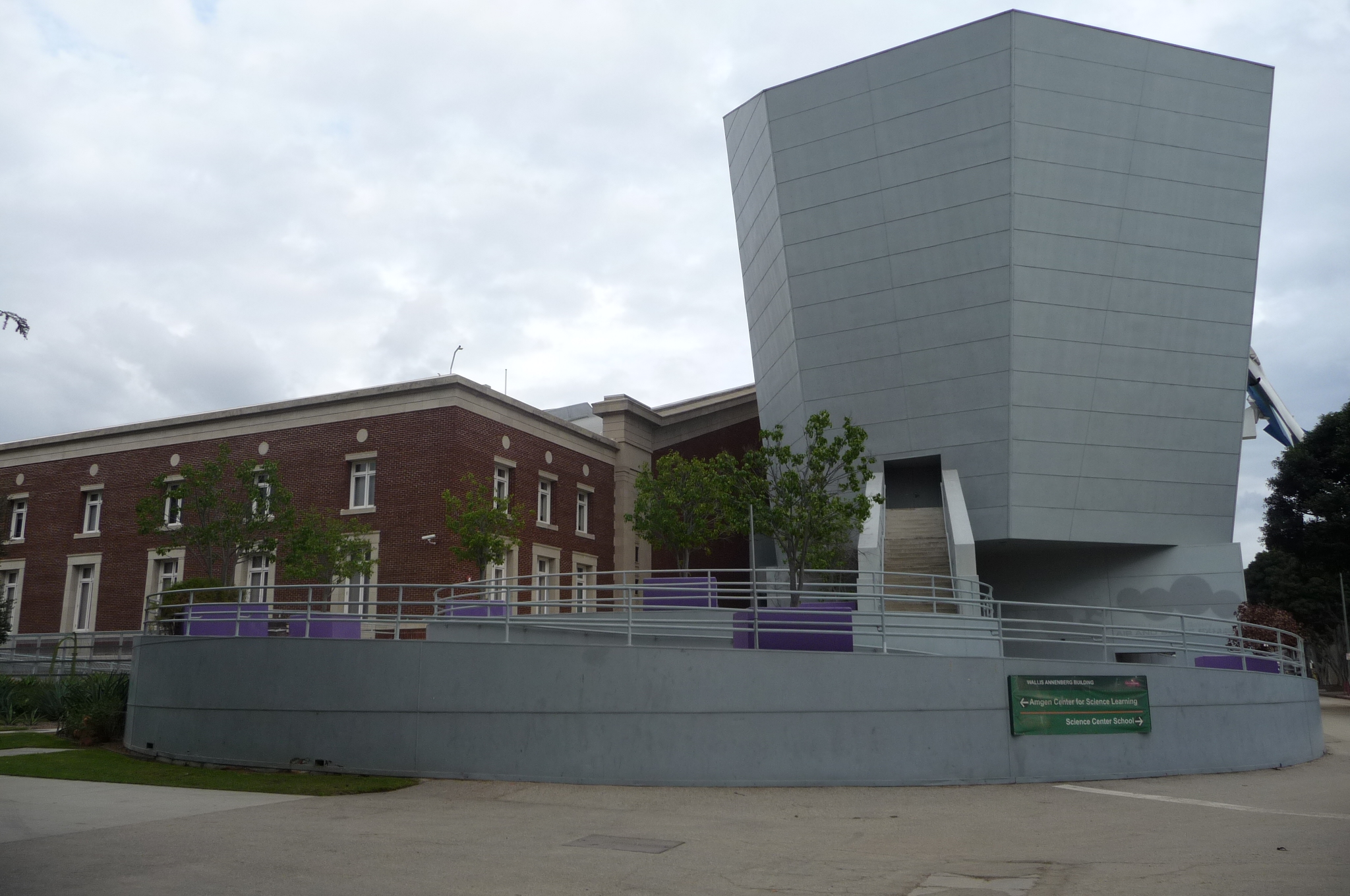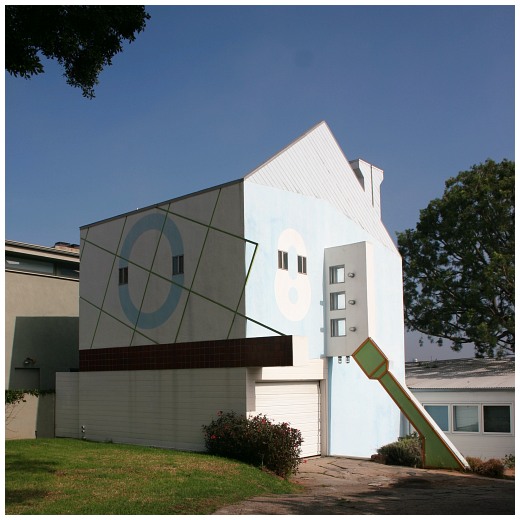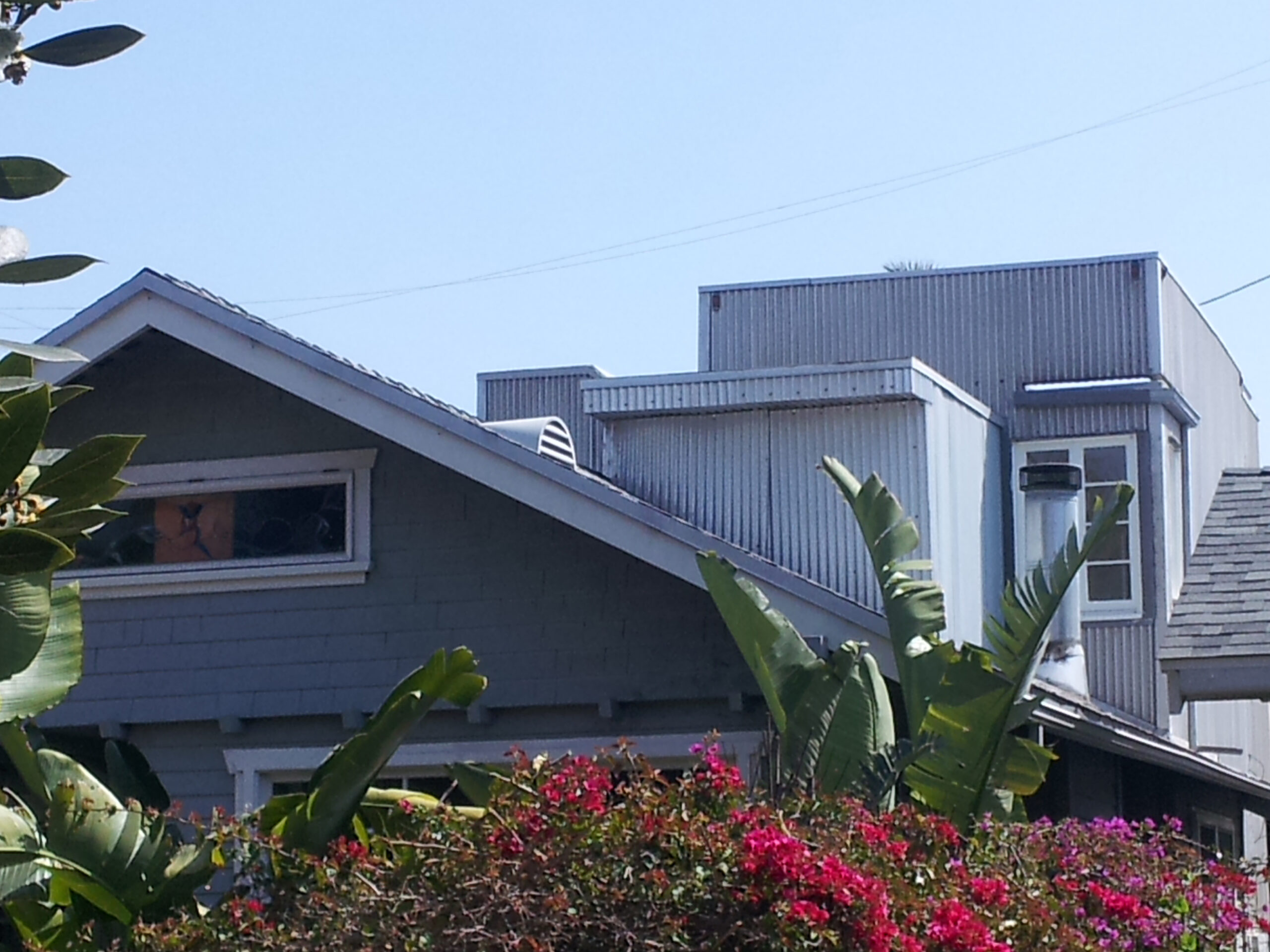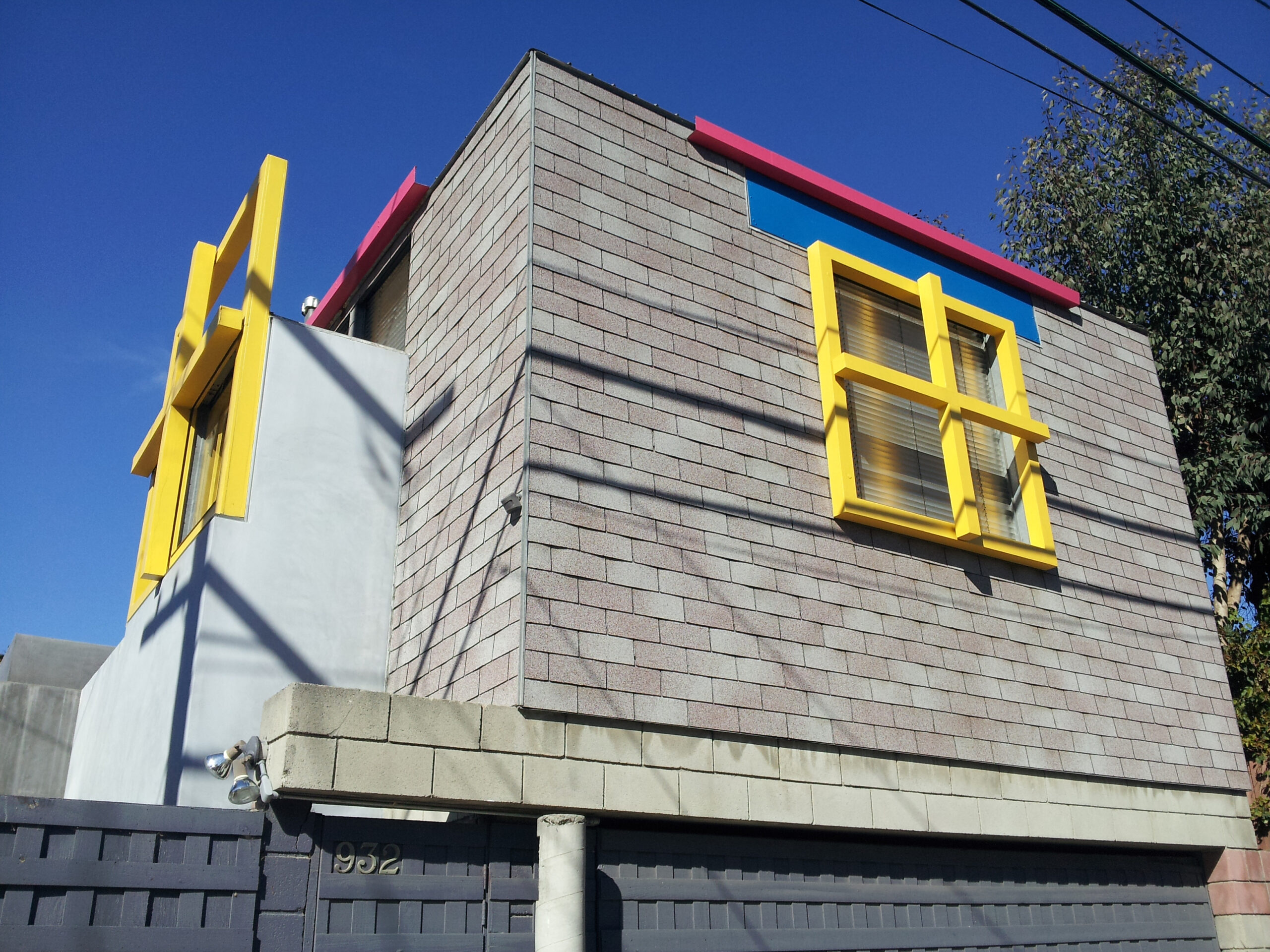
Place
Air and Space Gallery, California Science Center
Architect Frank Gehry's first major public work celebrates California's history in the aviation and aerospace industries with an ingenious use of space and light, an allusion to the challenges of aerospace design.
Place Details
Address
Get directions
Architect
Year
Style
Decade
Designation
Community
The California Aerospace Museum was internationally acclaimed architect Frank Gehry’s first major public work. Completed in 1984, the museum is a celebration of California’s history as a leader in the aviation and aerospace industries. It was originally conceived as a giant, hangar-like space. By cantilevering and sloping the walls, Gehry increased the museum’s volume and exhibition space on its narrow site hugging the south façade of a 1913 brick armory. The ingenious use of space and light can be seen as an allusion to the challenges of aerospace design, which also requires the maximum use of a small area and the creation of numerous viewing perspectives.
The California Aerospace Museum is the first large-scale realization of the idea of the "frozen explosion," created though geometric and distinct exterior shapes, which would become one of Gehry’s signature design elements.
The east side of the building is stucco, upright, and rectangular. Pulling away from it is the west side’s angular, seven-sided polygon with street metal cladding. Further emphasizing the idea of frozen blast, a Lockheed F-104 Starfighter jet is suspended in takeoff, angled upwards from the south wall. The late 1950s fighter jet, a product of California aviation leader Lockheed Aircraft Company (founded in Hollywood in 1926), serves as the building’s signage. Following the museum’s completion, Gehry received commissions for high-profile museum and public projects all over the world.


